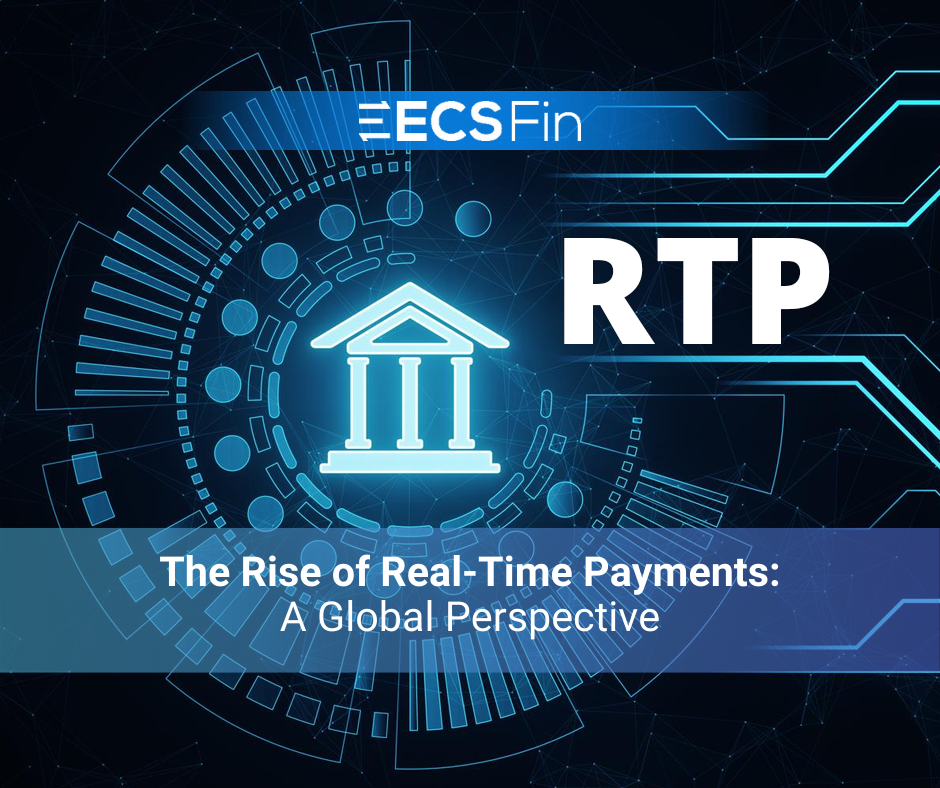Blog
Pre-Payment Processing :
Everything you need to know about it
Why is there a need for pre-payment processing? Today’s global financial marketplace is a complex network of payment processing workflows that involve not only the payor and beneficiary, but a series of players like merchants, creditors , multiple banks, correspondents, intermediaries, PSPs along with regulators and network providers. For fintech providers, this diversity poses a significant challenge bringing all players to engage in the right perspective.

Pre-payment Processing: Prevent Minor Missteps from Turning into Major Issues
The Need for Pre-Payment Processing
Early adoption of Payment Pre-validation minimizes operational friction and maximizes benefits across the entire banking community.
Integrating pre-validation and pre-processing steps, especially with a view toward ISO 20022 adoption, can strategically support banks in de-risking their modernization journey. By enhancing current payment flows, banks can immediately benefit from automation, reduce routing errors, and improve operational efficiency. This approach also allows institutions to isolate legacy systems, creating a structured path for full transformation when resources and timing align with their strategic goals. The result is a progressive yet controlled evolution toward a more resilient, ISO-compliant infrastructure that seamlessly supports future innovation.
Pre-Payment Processing: Enhancing Accuracy, Control, and Compliance
The IMS platform is rich with payment processing modules, pricing modules, and smart routing services that allow rapid engagement of multiple payment service providers and.
Channel Selection: Enabling Digital Transformation
Pre-payment processing allows banks to strategically select the most suitable clearing and settlement channels based on transaction profiles, customer preferences, operational practices, regulatory requirements, pricing and settlement time.
A digitalized platform should be capable of extending options on-the-fly to a requestor based on cost, settlement time and compliance requirements associated with each channel.
Pre-Payment Processing
Validations
Every instruction, whether manually created or system-generated, is meticulously validated. This includes checks for format, mandatory and conditional fields, network and business rules, ensuring compliance with each channel’s unique requirements.
Enrichment
Messages can be enriched with additional data, either from the different set of reference data message itself or from retrieving data from different sources. This enrichment enhances the quality and completeness of information, using reference data tables to facilitate substitutions, validations, and routing decisions.
Duplicate Check
Each payment instruction undergoes tailored duplicate checks. Configurable fields and customizable timeframes allow institutions to search historical data effectively, preventing potential errors from duplicate emissions.
Sanctions Screening
Payment messages are screened for sanctions compliance, leveraging in-house databases or external providers such as OFAC lists, filters and customized exclusion lists to ensure regulatory adherence and whitelists to add efficiency.
AML
A suite of rules within the system monitors transactions for suspicious patterns, helping institutions detect and mitigate money laundering risks in real-time. The platform also supports integration with third-party AML services for comprehensive protection while offering a comprehensive dashboard for exception handling reprocessing, rerouting, etc.
Internal Filters
Specific messages can be flagged based on account numbers or keywords, allowing stakeholders to address disputes or flagged transactions quickly. This flexible filtering capability keeps transactions secure and compliant with institutional policies.




